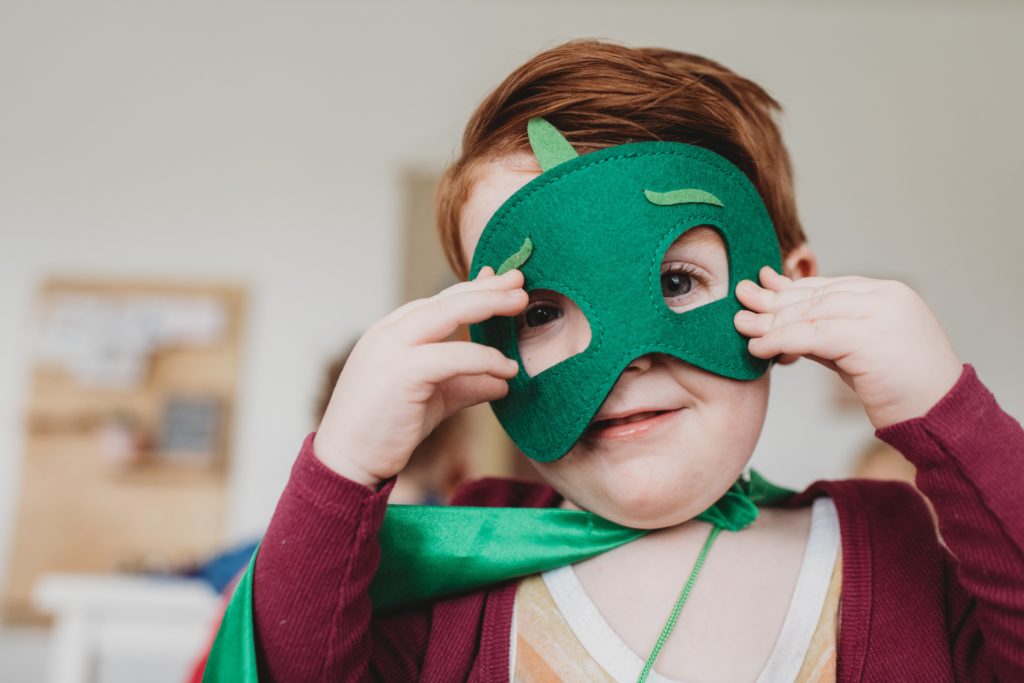The American Academy of Pediatrics (AAP) cited studies suggesting that heavy use of
electronic media may interfere with children’s speech and language development replace
important playtime with parents and lead to obesity. Studies also have found that more than 90
percent of U.S. kids have used mobile devices and most started using them before age 1. The
pediatricians’ group recommends no screen time for children up to age 2. Moreover, they
recommend total screen time, including TV and computer; use should be less than one hour daily
for ages 2 and older. Pediatricians don’t want parents to overreact. They understand that a little
screen time on occasion is not likely to harm a child, especially if they are typically active and
creative most of the day.
Dramatic increases in virtual education makes this information more alarming. This may be the
year to consider safe and appropriate gifts that promote physical activity. The academy’s website
offers suggestions on ideal toys for young children, including balls, puzzles, coloring books and
card games. Visit: AAP.org or HealthyChildren.org, the official parenting website of the AAP.
American Academy of Pediatricians Toy Recommendations:
Giving gifts to children is a favorite part of the holidays, whether they're wrapped under a tree or exchanged with the lighting of a candle. When choosing a toy for a child, the American Academy of Pediatrics recommends the toy be appropriate for the child's age and stage of development. This makes it more likely the toy will engage the child – and reduces the risk it could cause injury. Below are some additional tips from the AAP on toy selection and safety:
- Appropriate: Select toys to suit the age, abilities, skills and interest level of the intended child. Toys that are too advanced will frustrate your child and may pose safety hazards for younger children.
- Developmental: When choosing gifts for babies and toddlers, consider toys that will build developmental skills. Toys that can be manipulated, such as shape sorters, stacking blocks, and baby-safe puzzles, are great for developing fine motor, cognitive, and perceptual skills. For more tips on choosing toys for babies, visit HealthyChildren.org “toy selection.”
- Purpose: If you are considering a digital device for a child or teen, such as a tablet, smart phone or game system, think about the purpose of the device and the rules you want to set around its use. For more information, see these tips on HealthyChildren.org “mindful technology use” and “digital media use for young children.”
- Batteries/Magnets: Be cautious about toys containing button batteries or magnets. Children can have serious stomach, throat and intestinal problems – including death – after swallowing button batteries or magnets. In addition to toys, button batteries may be in musical greeting cards, remote controls, hearing aids, and other small electronics. Small, powerful magnets may be part of building toy sets. Keep button batteries and magnets away from young children and call your health care provider immediately if your child swallows one.
- Electrical: To prevent burns and electrical shocks, do not give children under age 10 a toy that must be plugged into an electrical outlet. Instead, buy toys that are battery-operated.
- Small Pieces: If you are buying a gift for a young child, look for toys without small pieces. Young children can choke on small parts contained in toys or games. Government regulations specify that toys for children under age 3 cannot have parts less than 1 1/4 inches in diameter and 2 1/4 inches long. For more: HealthyChildren.org “how to buy safe toys.”
- Balloons: Children can choke or suffocate on broken or uninflated balloons. Do not allow children under age 8 to play with them.
- Ribbons/Strings: Remove tags, strings, and ribbons from toys before giving them to young children. Watch for pull toys with strings that are more than 12 inches long, because they could be a strangulation hazard for babies.
- Read the Label: When your child receives a gift, be sure to read the label and instructions. Warning labels give important information about how to use a toy and what ages it is for. Be sure to show your child how to use the toy.
- Storage: Parents should store toys in a designated location, such as on an open shelf or in a bin, and keep older kids' toys away from young children. If you use a toy box, choose one with no lid or a lightweight, non-locking lid and ventilation holes. Visit: HealthyChildren.org “toy box safety.”
SOURCE: American Academy of Pediatrics
NEXT MONDAY – Read Dr. Paul J. Mackarey “Health & Exercise Forum!” This article is not intended as a substitute for medical treatment. If you have questions related to your medical condition, please contact your family physician. For further inquires related to this topic email: drpmackarey@msn.com
Read all of Dr. Mackarey's articles at: https://mackareyphysicaltherapy.com/forum/
Paul J. Mackarey PT, DHSc, OCS is a Doctor in Health Sciences specializing in orthopaedic and sports physical therapy. Dr. Mackarey is in private practice and is an associate professor of clinical medicine at GCSOM.

